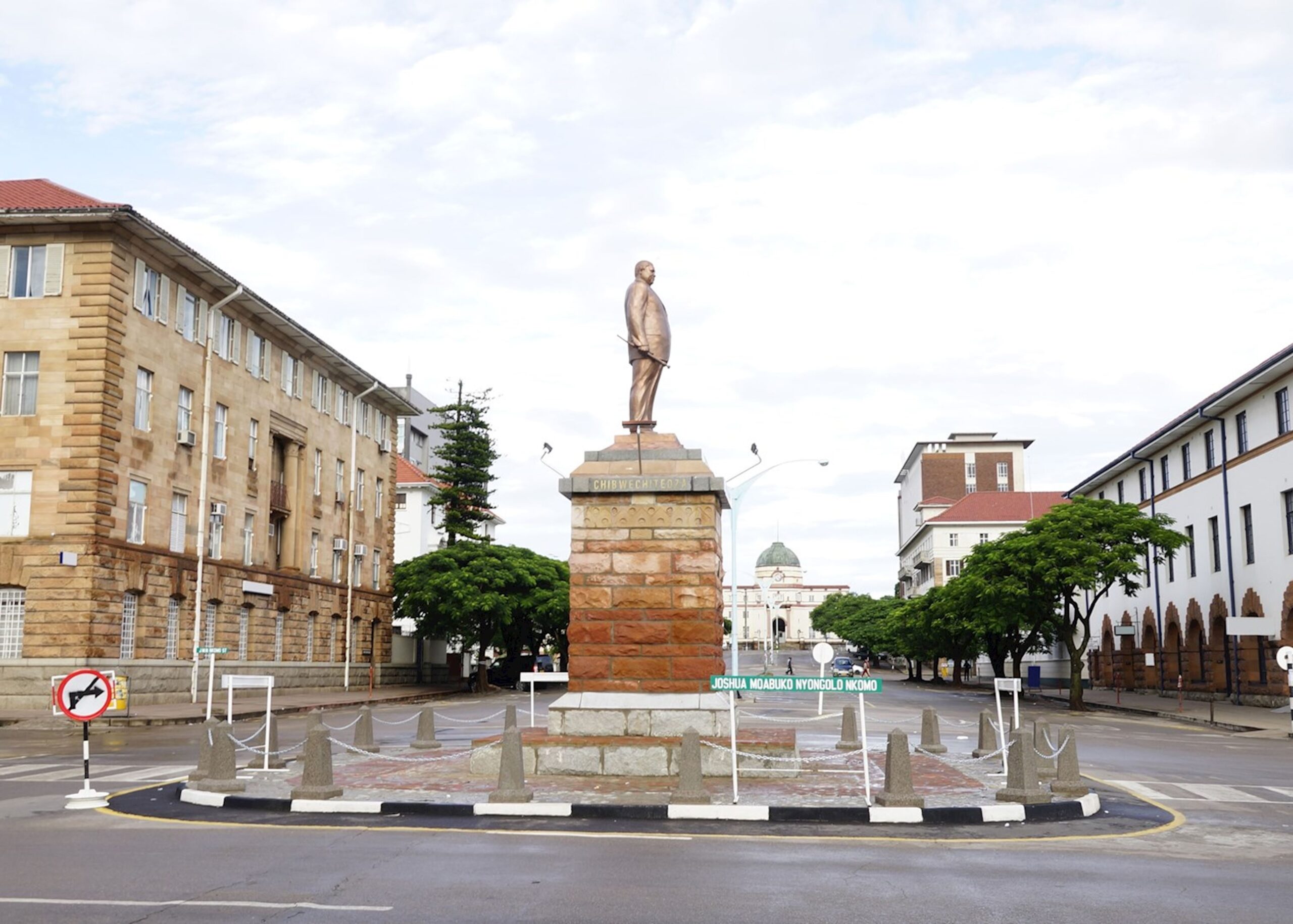ZiG acceptance rate reaches 91pc — RBZ
Zimbabwe’s local currency, ZiG, has gained significant public confidence, with a survey indicating a 91 percent acceptance rate, up from 61 percent at its launch in April this year, Reserve Bank of Zimbabwe Governor, Dr John Mushayavanhu, has said.
In his 2024 Mid Term Monetary Policy Statement yesterday, Dr Mushayavanhu said the currency stability had restored confidence in ZiG, with companies and individuals now keeping their money in banks with minimum concern for loss of real value.
The central bank chief said reserves backing the structured currency, primarily gold, had significantly increased to US$375 million in June, from US$285 million.
This compares to the total reserve money of the ZiG currency, which includes Non-Negotiable Certificates of Deposits valued at US$139 million.
Dr Mushayavanhu said the RBZ’s online Consumer Perception Survey on the ZiG currency, conducted since mid-April 2024, revealed a steady increase in acceptance.
“The ZiG currency was fully embraced by businesses and accepted by the transacting public for both transactional and savings purposes,” said Dr Mushayavanhu.
Similarly, the survey results suggest a tremendous improvement in economic agents’ willingness to be paid in ZiG, from 8 percent in April to around 80 percent in June.
“Importantly, the results suggest that public confidence in ZiG has been improving because of the increased stability and predictability of the local currency.
“As such, the RBZ remains steadfast in ensuring that the current stability is consolidated to achieve and sustain low and stable inflation in the medium to long term,” he said.
ZiG, a currency backed by mineral commodities, primarily gold and foreign assets, replaced the Zimbabwean dollar, which had been plagued by hyperinflation and instability.
The introduction of ZiG was a significant step towards economic stability and recovery in Zimbabwe. The new structured currency, the ZiG/US$ exchange rate has been relatively stable, with the average ranging between ZiG13,2 to ZiG13.8 per US$.
“The stability of the exchange rate has resulted in subdued inflationary pressures in the economy as inflation expectations remain anchored,” said Dr Mushayavanhu.
He noted the adoption of a refined foreign exchange market determined system under the Willing-Buyer and Willing-Seller (WBWS) principle had gone a long way in ensuring a more stable price discovery mechanism.
The Reserve Bank, Dr Mushayavanhu said, had been intervening in the interbank market to smoothen supply-demand mismatches and effectively facilitate interbank market trading using 50 percent of the 25 percent export surrender proceeds.
Between April 8 to 28 August 2024, about US$190 million was traded through the interbank foreign exchange market.
Dr Mushayavanhu said following a comprehensive education and awareness campaign to inform the public about security features and other relevant information, the Reserve Bank introduced the ZiG cash into the market on April 30.
To promote effective financial inclusion, the public awareness campaign reached all corners of the country, ensuring that even those in rural areas were familiar with the features of the new currency by the time of its introduction.
The central bank released ZiG notes and coins into the market, in denominations of ZiG 1, ZiG 2, ZiG 5, ZiG10, and ZiG 20. Despite the logistical and distributional glitches that characterised the initial phases of the new currency rollout, the Reserve Bank successfully distributed adequate cash to banks to support cash demand by the public.
The central bank also introduced the swipe facility for ZiG at Homelink and cash kiosks at bus termini to increase outreach and smoothen access to cash, especially with regard to coins for commuters’ convenience.
“Accordingly, the bank will continue to improve cash availability, particularly in the rural areas to enable the financially excluded to have access to ZiG,” said Dr Mushayavanhu.
The Reserve Bank has also noted that most people do not have adequate electronic ZiG balances in their banking accounts, hence the rollout of “cash kiosks”, to enable them to use the balances in their mobile wallets to exchange for ZiG cash.
To enhance the circulation of ZiG within the economy, the RBZ will implement several measures including increasing the supply of cash in line with demand while maintaining ongoing efforts to promote a cashless economy.
The Reserve Bank will also introduce a greater quantity of smaller ZiG denominations to address the issue of change and prevent businesses from rounding up prices.
Efforts will be made to streamline the distribution of cash and ensure that ZiG reaches remote, rural areas, and informal markets to foster financial inclusion while programmes like Homelink Swipe for ZiG kiosks and related arrangements will be extended to other provinces, towns, and business centres to encourage wider usage of ZiG.-herald









